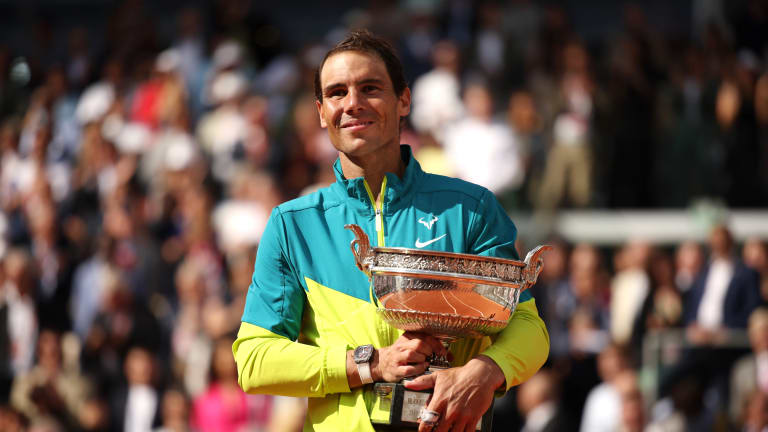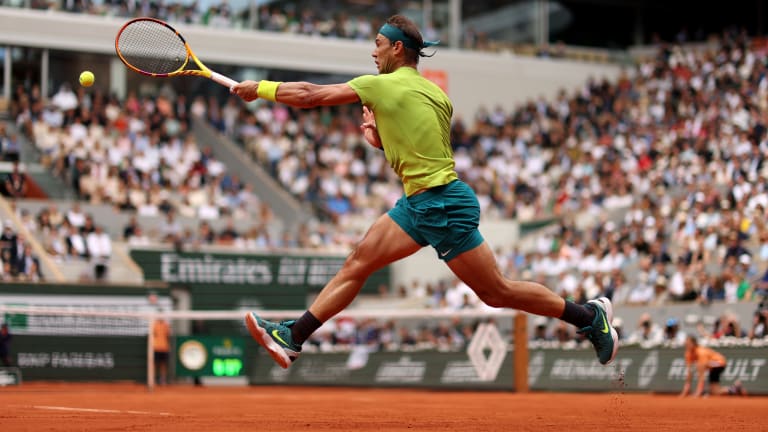Facts & Stats
Rafael Nadal: 22 stats for his 22nd Grand Slam title
By Jun 09, 2022Facts & Stats
Novak's 99 Titles—a Djokovic deep dive: What they are, where they were won, when he did
By Mar 30, 2025Facts & Stats
Alexandra Eala's breakthrough run to the Miami Open semifinals: 10 of the best stats and records
By Mar 29, 2025Facts & Stats
10 things to know about Diego Schwartzman's career as he retires from tennis in Buenos Aires
By Feb 11, 2025Facts & Stats
20 sin-sational things Jannik Sinner achieved by winning the Australian Open this year
By Jan 30, 2025Facts & Stats
20 magnificent things Madison Keys achieved by winning the Australian Open
By Jan 28, 2025Facts & Stats
Madison Keys: First woman in 20 years to beat Top 2 en route to Australian Open title
By Jan 25, 2025Facts & Stats
Ageless Gael Monfils ousts Taylor Fritz in Melbourne for first career Top 4 major win
By Jan 18, 2025Facts & Stats
Aryna Sabalenka, Iga Swiatek and Coco Gauff to battle for No. 1 ranking at Australian Open
By Jan 10, 2025Facts & Stats
Carlos Alcaraz could become the youngest man ever to complete a Career Slam in a few weeks
By Dec 30, 2024Facts & Stats
Rafael Nadal: 22 stats for his 22nd Grand Slam title
From winning eight of his last nine Grand Slam finals to improving to 112-3 in his career at Roland Garros, the Spaniard just keeps piling on the numbers.
Published Jun 09, 2022
Advertising

Nadal is now 104-1 in his career at Roland Garros against players who aren't ranked No. 1, the only loss coming to No. 25-ranked Robin Soderling in 2009.
© 2022 Getty Images
Advertising

Nadal was playing against Ruud for the first time, which was the Spaniard's first ever first-time meeting in a Grand Slam final.
© Getty Images